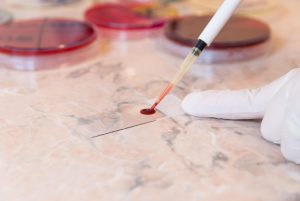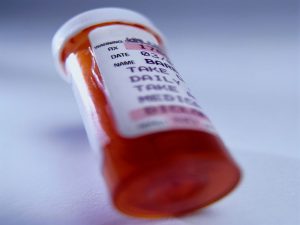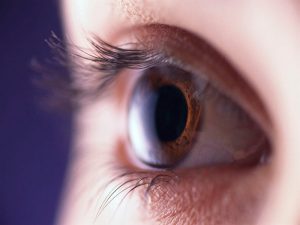
A single hardwired brain circuit might be responsible for male sexual drive, a new mouse study reports. Researchers have singled out in lab mice a brain region that controls sexual interest, libido, mating behavior and pleasure, said senior researcher Dr. Nirao Shah, a professor of psychiatry and neurobiology at Stanford University School of Medicine, in California. This region uses sensory input from the environment to recognize the sex of another mouse — “Aha, this is a female, maybe I can mate if she’s willing,” Shah said. “That recognition is then transformed into the desire to mate and the act of mating by this circuit,” he added. “Also, the circuit enables the behavior to be pleasurable so animals will seek to do it again, which is very important, because for a species to survive, animals need to reproduce.” While this study was in mice, Shah said similar brain structures have been found in other mammals — and perhaps even humans. “There are analogous anatomical counterparts we think in the human brain, but of course their function in the human brain remains to be determined,” he noted. For their experiments, Shah’s team used adult virgin male mice that had not seen a female mouse after being weaned at about 3 weeks of age. That way, the brain activity and behavior they observed would not have been shaped… read on > read on >






































